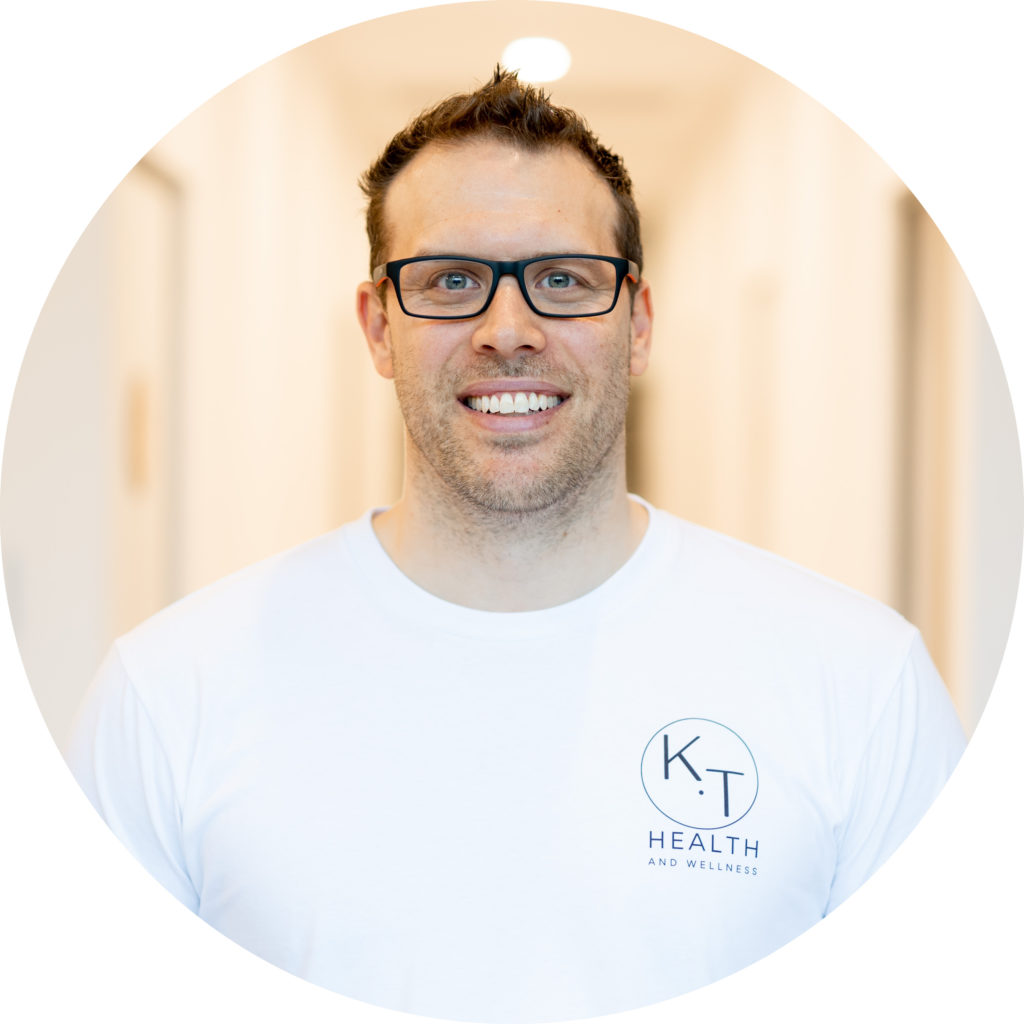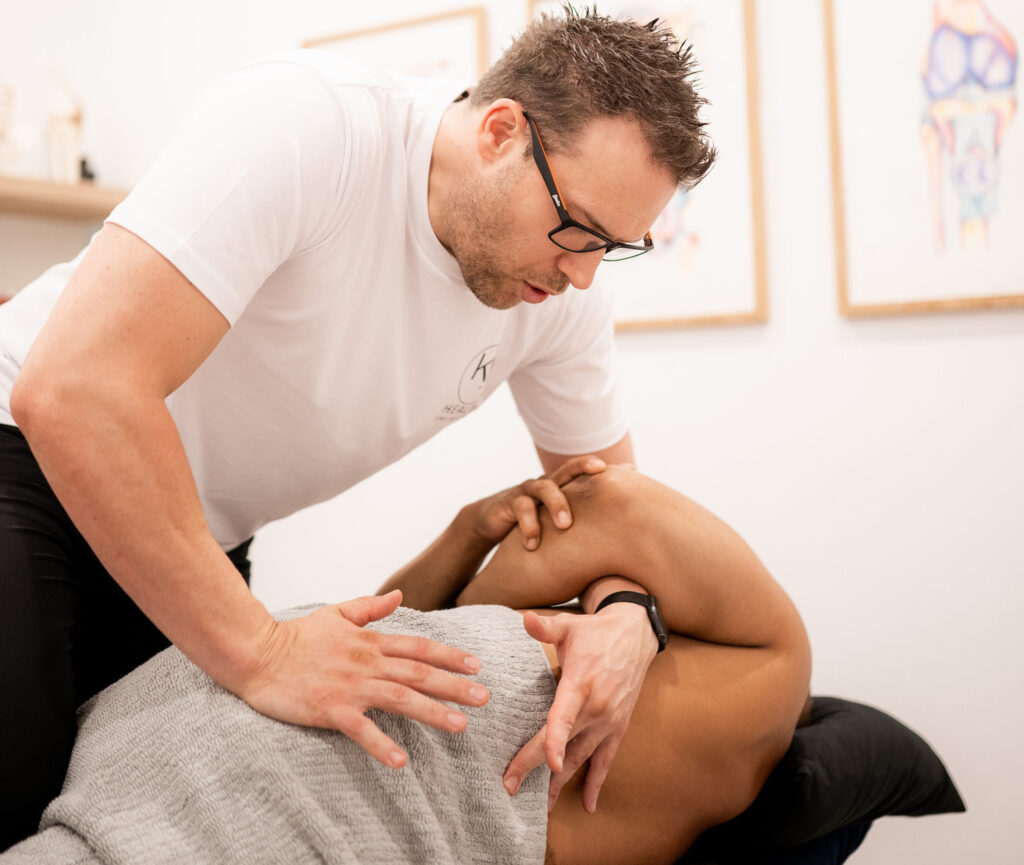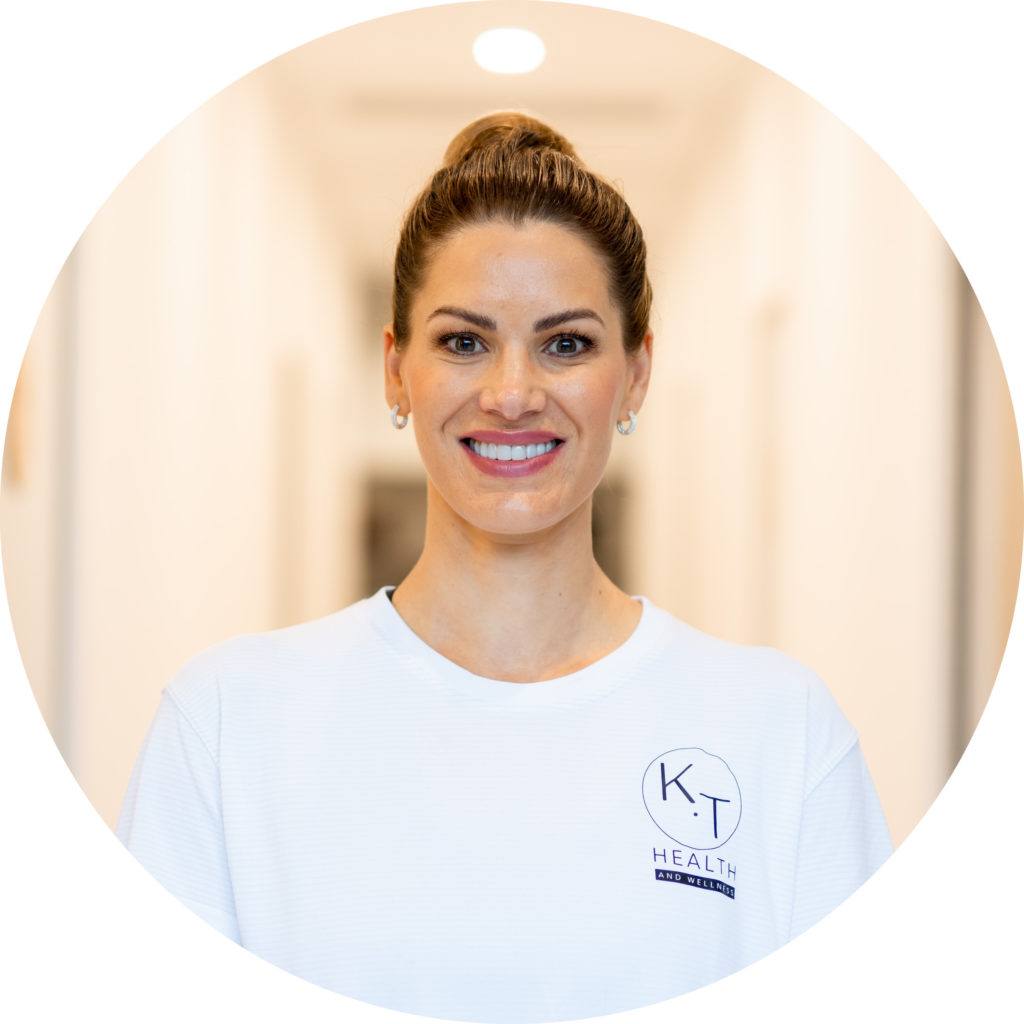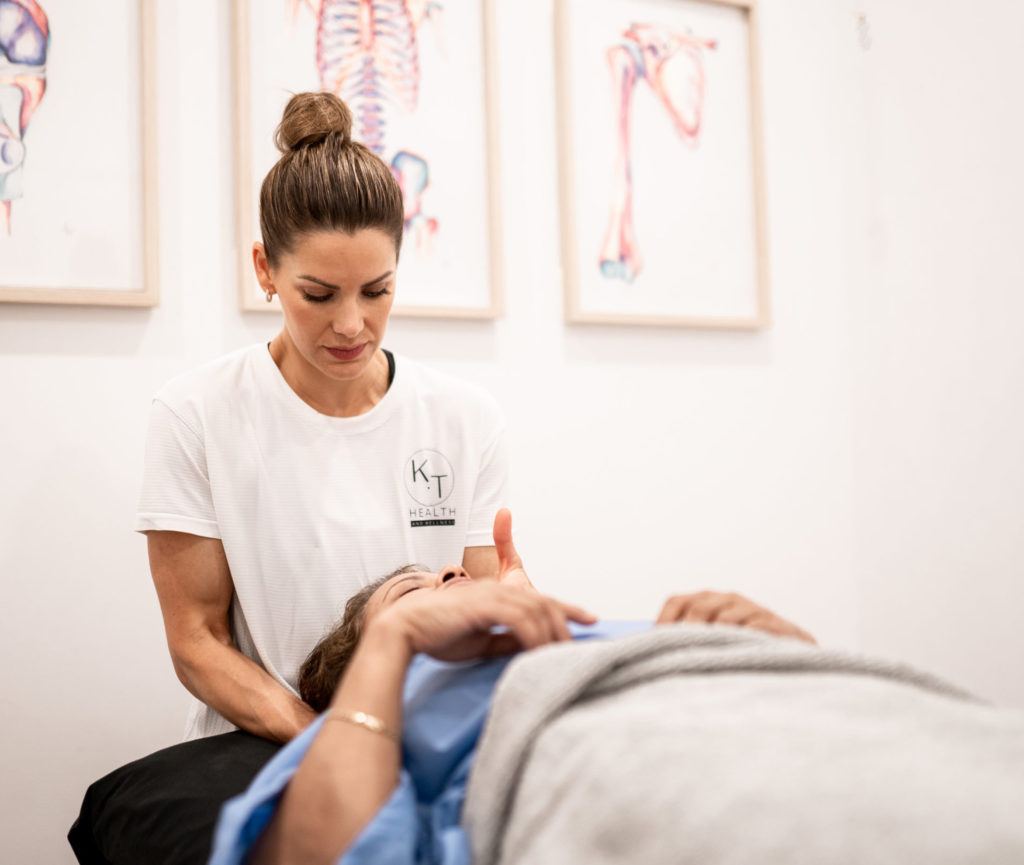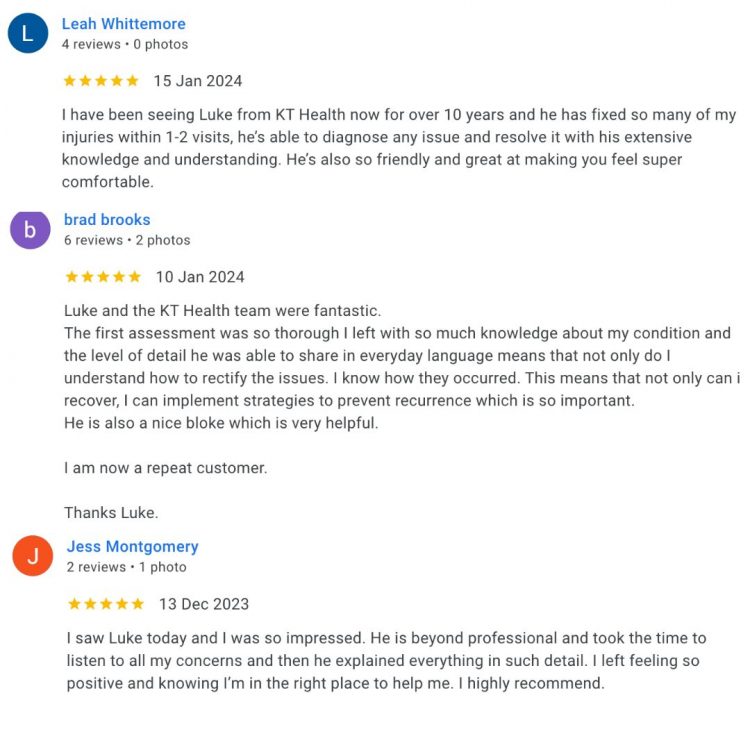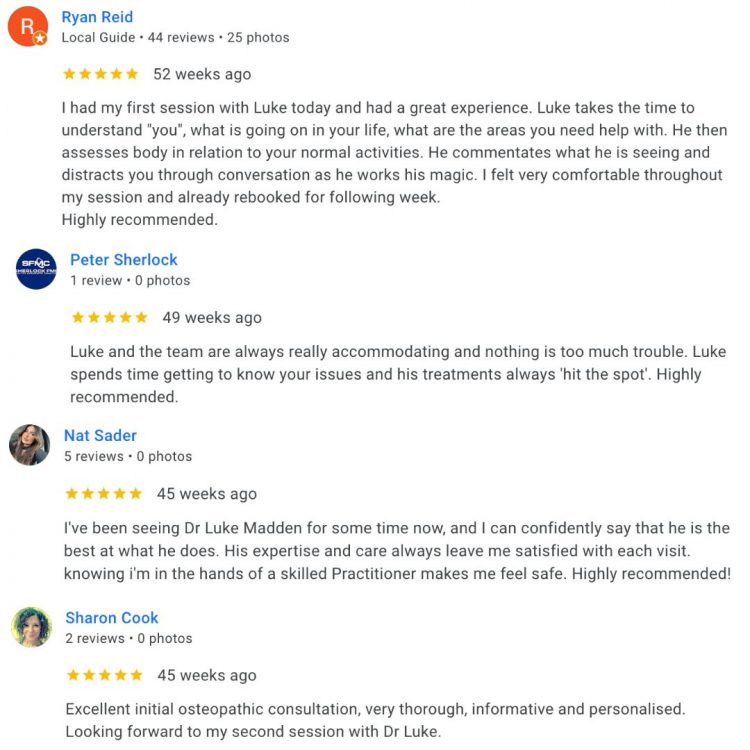Everything You Need to Know About Neck Whiplash
What is Neck Whiplash?
Neck whiplash is an injury caused by a sudden, forceful movement of the head, usually forward and then backward, like the cracking of a whip. This can happen in car accidents, falls, or contact sports. The force can strain or damage the muscles, ligaments, joints, and discs in the neck.
An analogy…
Think of your neck like a tree in strong wind. If the wind suddenly pushes the tree forward and then yanks it back, the trunk and branches can stretch or even tear. That’s what happens to the soft tissues in your neck during whiplash.
What are other names that neck whiplash can be referred to?
Whiplash, Whiplash Syndrome, Acceleration / Deceleration Injury, Neck Sprain
What causes neck whiplash?
Whiplash occurs when the neck is forced into a rapid forward and backward motion, which overstretches the soft tissues. This can strain the muscles, ligaments, and facet joints, and may also irritate nerves or affect the discs between the vertebrae. In some cases, there’s inflammation and joint dysfunction in the upper cervical spine.
What are the signs and symptoms of neck whiplash?
- Neck pain and stiffness
- Headaches (often starting at the base of the skull)
- Shoulder or upper back pain
- Reduced neck range of motion
- Muscle tightness or spasms
- Fatigue or dizziness
- Difficulty concentrating or sleeping (in some cases)
- Pain that may worsen with movement
What tests are used to diagnose neck whiplash?
Palpation: Your practitioner uses their hands to feel the muscles, joints, and tissues in your neck and shoulders. They check for tenderness, tightness, swelling, or joint stiffness. If certain areas are sore or tense, it can help identify which tissues were affected by the whiplash injury.
Range of Motion Tests: These tests check how far and how comfortably you can move your neck. You may be asked to turn your head side to side, look up and down, or tilt your head toward each shoulder. If the movement is restricted or painful, it may show that the muscles, joints, or ligaments are irritated or injured from the whiplash.
How long does neck whiplash take to heal?
Most people with mild to moderate neck whiplash recover well with the right treatment, usually within a few weeks to a few months. More severe cases can take longer to heal and may lead to long-term issues like stiffness or joint wear that can cause ongoing pain and reduced movement.
How does neck whiplash happen?
- Car accidents (especially rear-end collisions)
- Falls or sudden jolts
- Contact sports
- Poor neck strength or posture before the injury
- Previous neck injuries
What treatment can help neck whiplash?
- Manual therapy to restore movement and reduce stiffness
- Massage to relax tight muscles
- Gentle stretching and mobility exercises
- Postural retraining
- Education on pacing and gradual return to activity
- Heat or cold therapy for pain relief
- Strengthening exercises during recovery phase
What happens if neck whiplash doesn’t get better with treatment?
In some cases, even with proper treatment, a small number of people with neck whiplash don’t fully recover. They may need further care, like scans, medication, injections, or a referral to a specialist for additional treatment options.
What exercises or stretches can I do for neck whiplash?
- Chin tucks
- Neck side bends and rotations
- Shoulder blade squeezes
Walking or light activity
What products can help with neck whiplash?
AROM cervical rotation in supine
Lie flat on your back with a small pillow or towel under your head. Turn your head to look towards your shoulder, keeping your head in contact with the towel. Return to the starting position and then relax and repeat.

Neck side bending in supine
Lie flat on your back with a small pillow or towel under your head. Tilt your head to one side, bringing your ear towards your shoulder and keeping the head in contact with the pillow. Take care not to hunch your shoulders up. Relax and repeat.

AROM cervical extension in supine
Lie flat on your back with a small pillow or towel under your head. Extend your neck, looking up towards the wall behind you, keeping your head in contact with the pillow. Relax and repeat.

Scapular retraction
Start in a seated position and place your hands on your hips. Let your shoulders fall forward by rounding the upper back, then squeeze your shoulder blades together, drawing them back and down as your elbows come out and back. Keep your shoulders pressed down and away from the ears at all times.

Median nerve glide
Stand with your affected hand out to the side as though you are holding an imaginary tray. Slowly begin to extend this arm to the side, keeping your wrist extended, until you reach the point of tension. Do not push any further. At this point, lift your wrist up,and tilt your head away from this arm, then extend your wrist again as you bring your head back to the central position. Continue this action in one fluid movement.

Radial nerve glide
Stand with your affected hand by your side. Make a fist and bend your wrist. Maintaining this position, rotate your arm inwards towards your thumb. Start to move your arm out to the side, keeping your wrist and fingers flexed and your arm rotated inwards, until you feel the tension. Do not push any further. At this point, tilt your head away from this side, whilst rotating your arm back outwards. As you lift your head back to the centre position, rotate your arm inwards again. Perform this action in one fluid movement.

Ulnar nerve glide
Stand upright and make a circle between the thumb and index finger of your affected arm. Hold this hand up by your ear and then rotate your fingers away from you towards your little finger. Start to bring your bent elbow out to the side and then bring the palm of your hand towards the side of your face until you reach the point of tension. Do not push any further. At this point, tilt your head away from this side, whilst simultaneously moving your hand away from the side of your head. As you lift and move your head back to the centre, bring your hand back to the side of your face. Perform this exercises in one fluid movement.

STOP GUESSING – START MOVING
See what other people have said about our osteopaths
Trustindex verifies that the original source of the review is Google. KT health has really helped my back and i have been able to get back into competitive sportTrustindex verifies that the original source of the review is Google. Absolutely amazing, I see Louie Nouh who always listens and caters to my needs. He is amazing at his job and always helps alleviate my pain. I highly recommend Louie.Trustindex verifies that the original source of the review is Google. Friendly, supportive staff. Such a lovely place to exercise! Highly recommend.Trustindex verifies that the original source of the review is Google. Amazing instructor, I am new to Pilates felt very comfortable & supported.Trustindex verifies that the original source of the review is Google. I have been suffering from shoulder and neck pain for months - I saw Dr Louie Nouh a couple of time. His treatment really relived the pain. I have full range of movement now. His knowledge on exercise is fantastic.Trustindex verifies that the original source of the review is Google. Absolutely love reformer at menai. Instructors are amazing. Love Michaela and love the small classes. Highly recommend!Trustindex verifies that the original source of the review is Google. The trainers are all amazing , they explain everthing step by step and help where needed . It is an amazing place to relax get to know other people have a laugh . I recommend for anyone .Trustindex verifies that the original source of the review is Google. Ever since I came here I’ve been looked after by Louie and my shoulder is already feeling much better. Highly Recommend these are good people.Trustindex verifies that the original source of the review is Google. SENSATIONAL Chiropractor in Menai! I attended my first appointment with Dr Louis Nouh at KT Health & Wellness who is an absolute genius even after one session with him. He explained everything he intended to address about my lower back condition, all in easy to understand, layman’s terms. He said he would call me the next day to follow and see how I was feeling after our session and guess what, he did! During our session, he made me feel relaxed and comfortable especially as it was my first chiropractic appointment EVER! For some reason, I am actually looking forward to my subsequent sessions with him next week. Don’t get me wrong, he did poke, prod and crack me as necessary but the results made it seem worth it.Trustindex verifies that the original source of the review is Google. I have been seeing Melinda now for a couple of months to help with bursitis in my hip. She is one of the best practitioners I’ve ever seen.. With the use of various tools and techniques she has helped me recover much quicker than I expected. Thanks Mel and see you tomorrow!
We don't offer magic fixes or cures, but a sustainable approach to back pain.
Our Osteopaths will offer you a road map to help you take control of your back pain and feel great again.
BOOK YOUR OSTEOPATH VISIT TODAY
Book a Time with Dr Luke Madden Below
Book a Time with Dr Melinda Madden Below
Already have an account?
Book as a guest
- Book an Appointment

